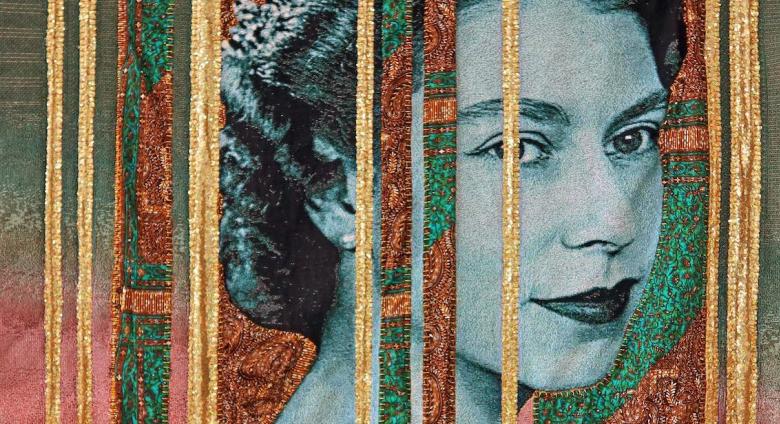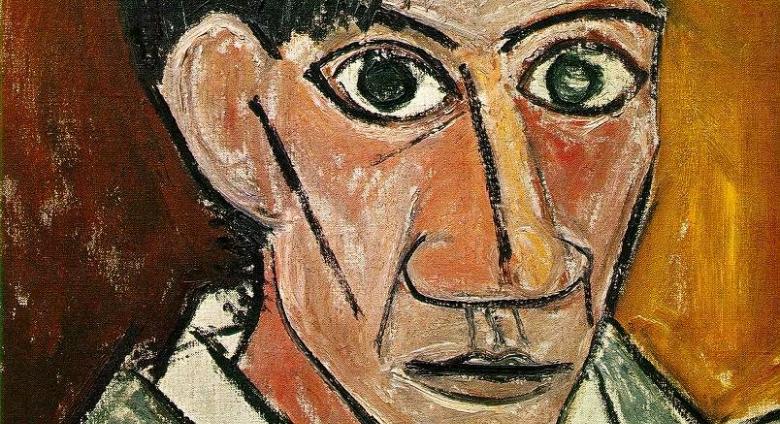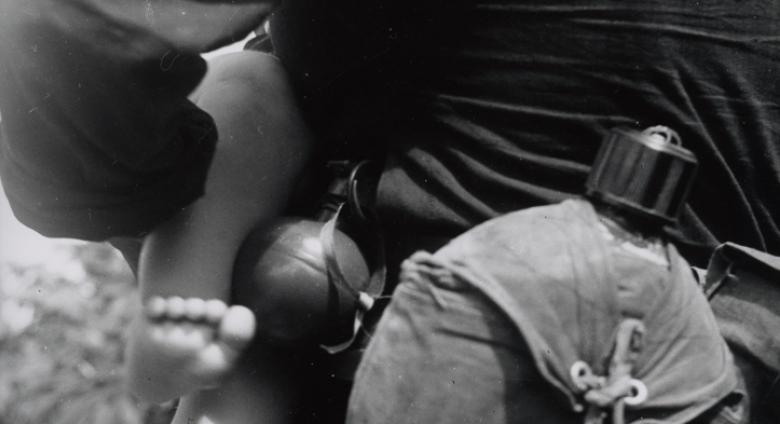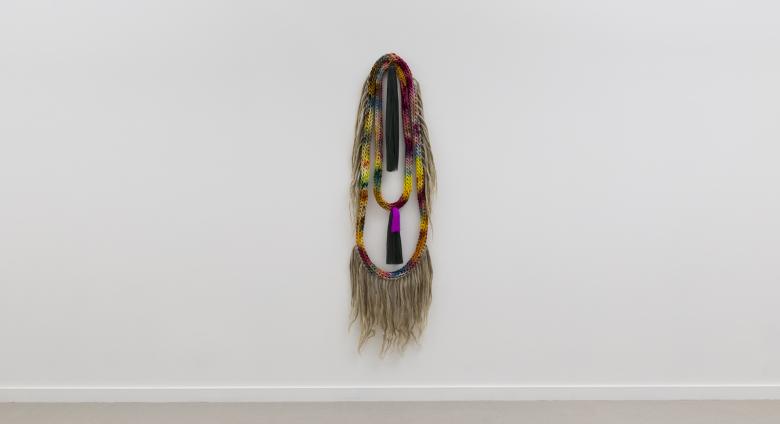Glass artist Jonathan Michael Davis was forced to navigate the changing context of a 2019 airport commission—for which he designed coronal sculptures—when COVID arrived. “What began as an initial attempt to find humor in playing with deceptive aesthetics and ambiguous shapes quickly turned into a dark irony.”
September 2022 Art News
April Bey’s practice is grounded in the fundamental truth that systems and attitudes don’t need to be the way they are. Through both her striking aesthetic and her conceptual approach, Bey breaks down the false limitations set by the visual arts and society; she expands, melts, and redefines categories and mediums.
Pablo Picasso, arguably the most recognized name in 20th-century art, is also one of the most frenetically prolific, and well-documented.
As the British-Australian photographer Tim Page confirmed during an interview in 2019: “Vietnam was the first and last war with no censorship.”For some photographers, the search for gory and violent images became almost a challenge. For others, Philip Jones Griffiths above all, recording the Vietnamese horrors widened the purpose of their craft in order to reveal the futility of war and its everlasting consequences.
The National Arts Club (NAC) is honored to present Selections from Australia’s Western Desert: From the Collection of Steve Martin & Anne Stringfield. This dynamic exhibition of contemporary Indigenous Australian painting from the remote regions of Central and Western Australia, on view through October 27, 2022.
The Focus part of the Armory Fair 2022 is a reflection of the galleries devoted to those communities. Acevedo-Yates extended a personal invite to the galleries she loves (and there were some unsolicited applications as well). Certainly, there is a greater representation of diversity in this Armory section than in past years.
In Kehinde Wiley's first renowned works, he replaced white royalty, nobility, and saints with young Black men. "Rumors of War" is, among other things, a continuation of his determination to address the representation, or lack thereof, of Blackness throughout art history.






























